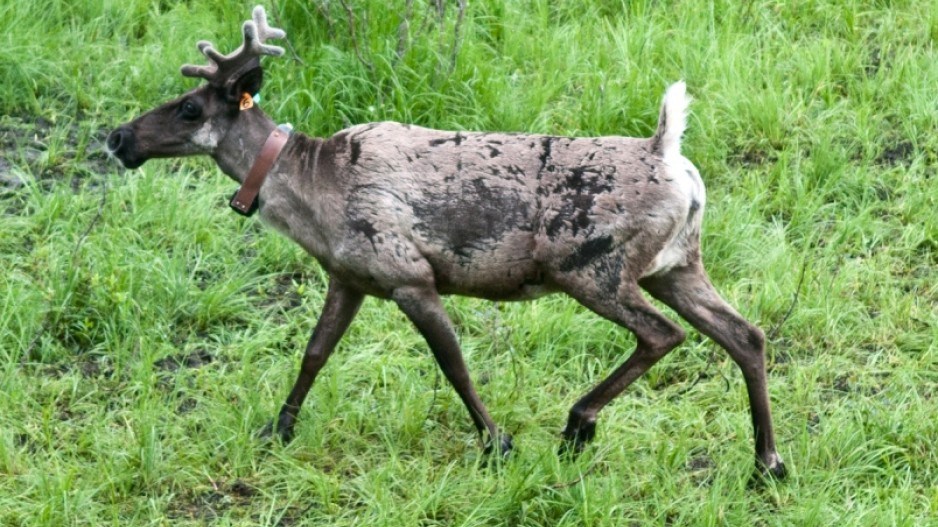Citing the importance of maintaining, and where necessary restoring critical caribou habitat, the National Energy Board has required Westcoast Energy Inc. to file a Caribou Habitat Restoration Plan (CHRP) as a condition of approval for its High Pine expansion project.
The plan is to be filed at least 60 days prior to the beginning of construction.
“Westcoast has a responsibility to not only reduce effects on caribou habitat but also to restore affected habitat as soon as possible and as much as possible,” said the board.
Westcoast, which carries on business as Spectra Energy Transmission, is currently assessing the board’s approval conditions and has no updates to the project timelines at this point, said Jesse Semko, a Spectra spokesperson. The company has indicated it expects to have the expansion in service in the first half of 2017.
The High Pine expansion between Wonowon and Chetwynd would enable Westcoast to provide incremental firm transportation service along the Fort Nelson Mainline. The 42-inch outside diameter pipeline would loop the existing 30 and 36-inch lines.
In approving the 39.2 kilometre project, the board noted that the entire 29.8 kilometres of the South Loop is located within caribou range and 13.8 kilometres of that will traverse greenfield areas, although the majority of the project is adjacent to the existing mainline which will help to minimize additional impacts to the environment.
The goal of Environment Canada’s Recovery Strategy for the Woodland Caribou, South Mountain population in Canada is to achieve or maintain at least 65 per cent undisturbed status for habitat for Type 1 matrix ranges for central groups, said the NEB. As the High Pine project will add to the disturbance in the matrix range, the board has required Westcoast to implement mitigation measures to reduce any such disturbance and to offset any residual disturbance.
The board also said it believes that residual effects on critical habitat should be fully compensated for, with the goal of no net loss of critical habitat.
The High Pine expansion project consists of two segments with the preferred timing for construction of the South Loop from Aug. 15, 2016, to Jan. 15, 2017, with commissioning in January. This would avoid the critical caribou timing period of Jan. 15- July 15 as well as the prime breeding windows for birds and the Western toad between early May and mid-August, according to the application to the board.
The preferred construction timing for the 9.4 kilometre North Loop would be Sept. 2016-March 2017 when the loop would be commissioned.




